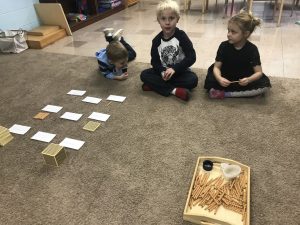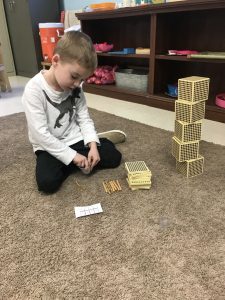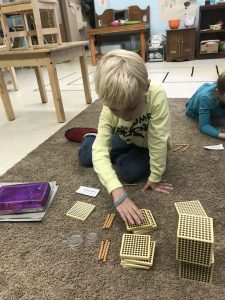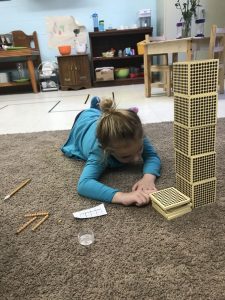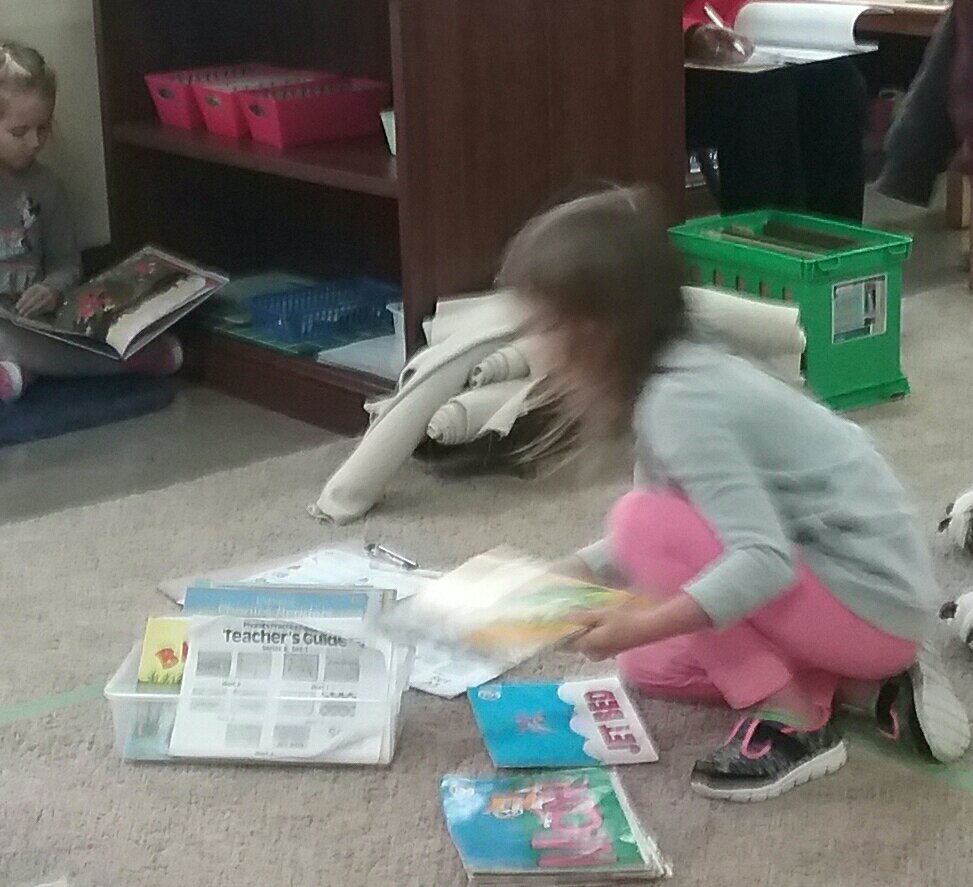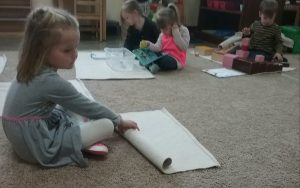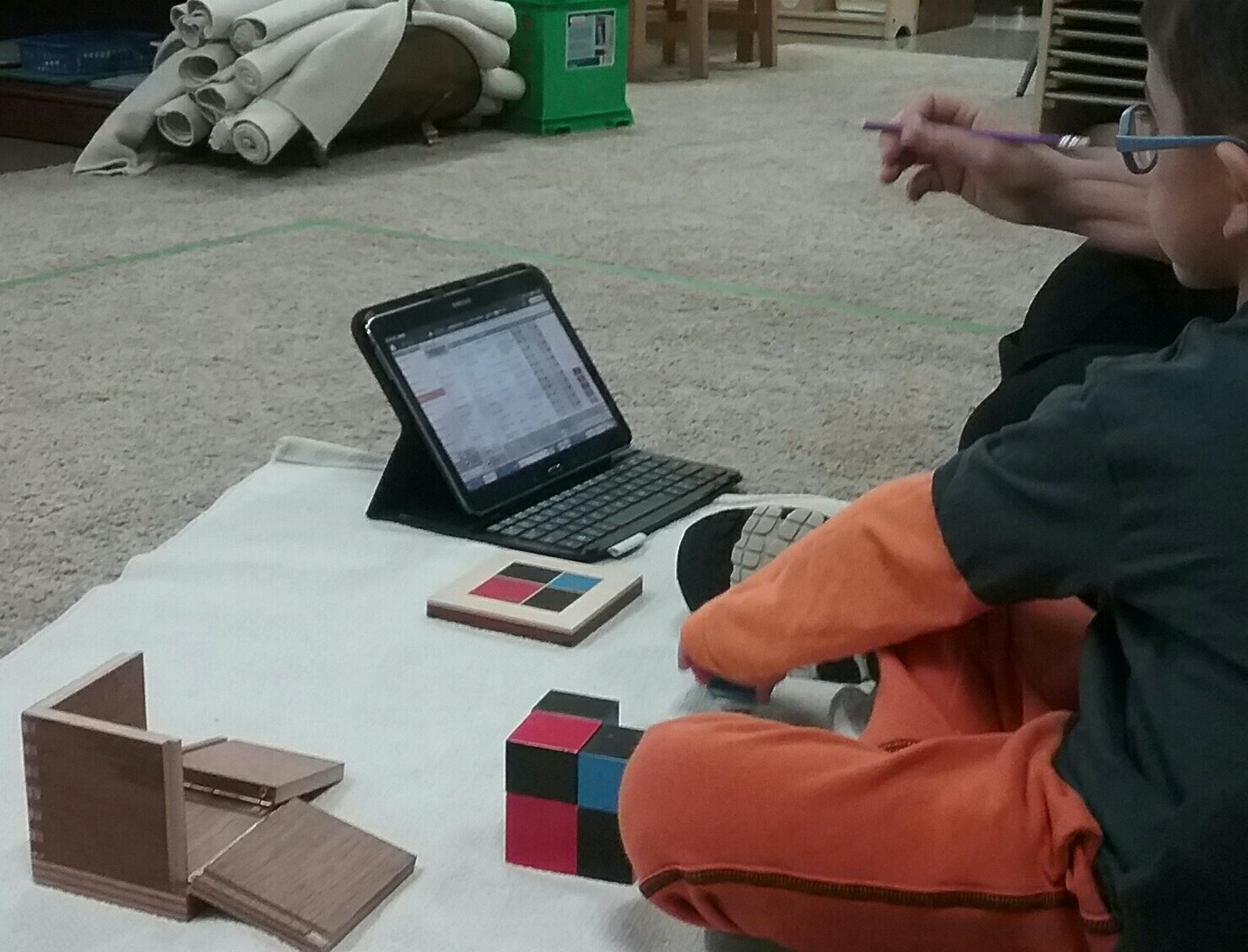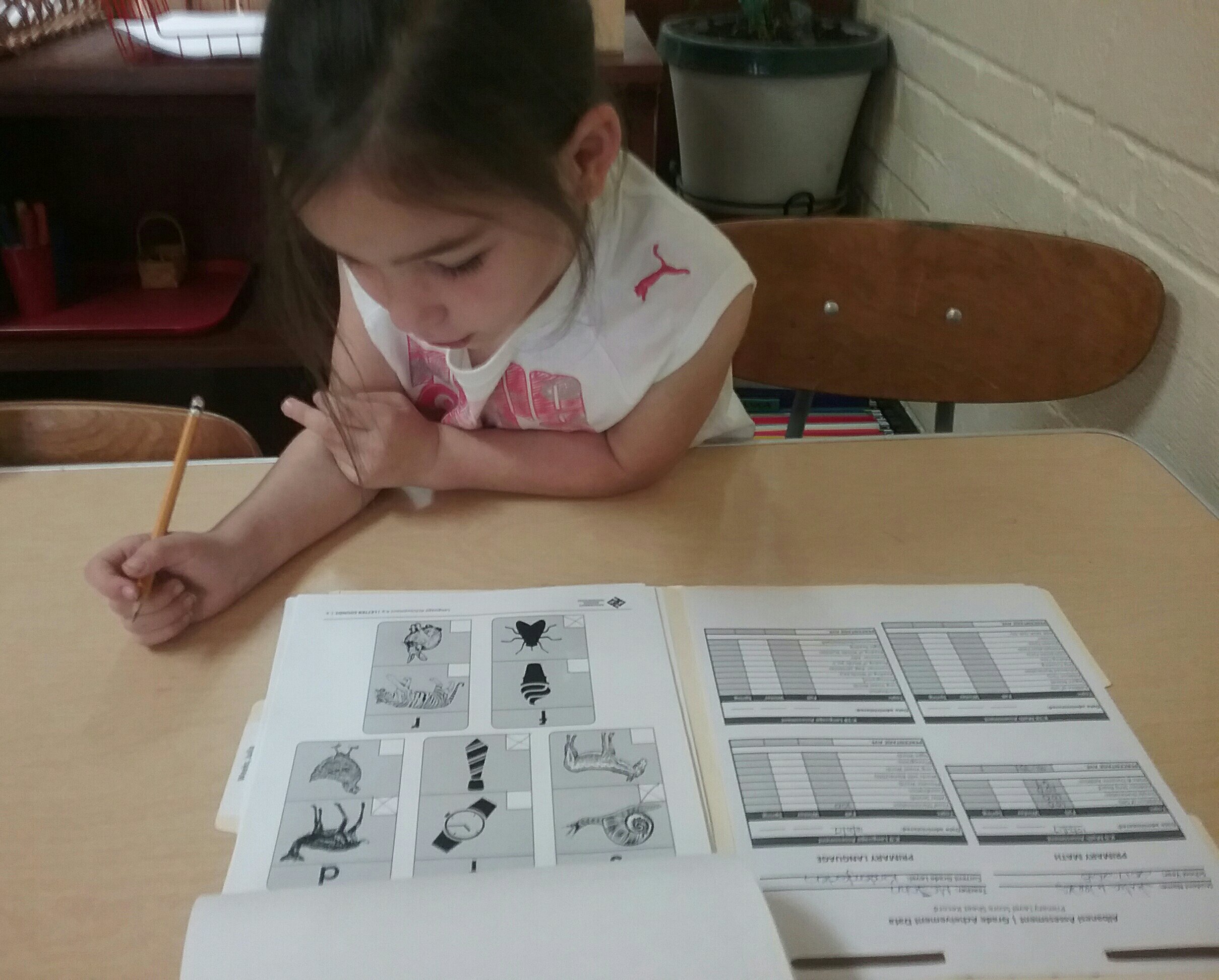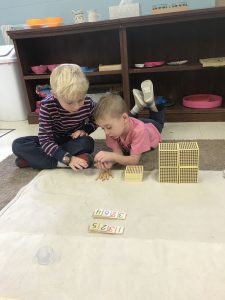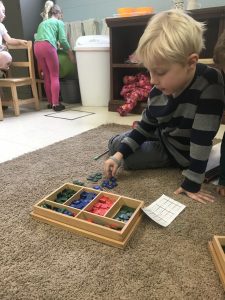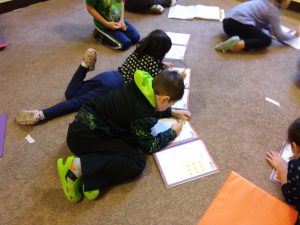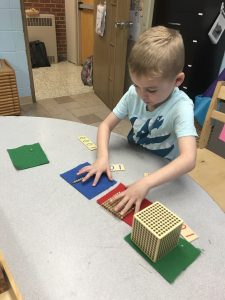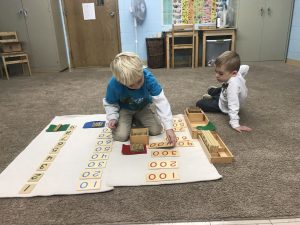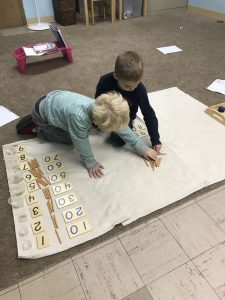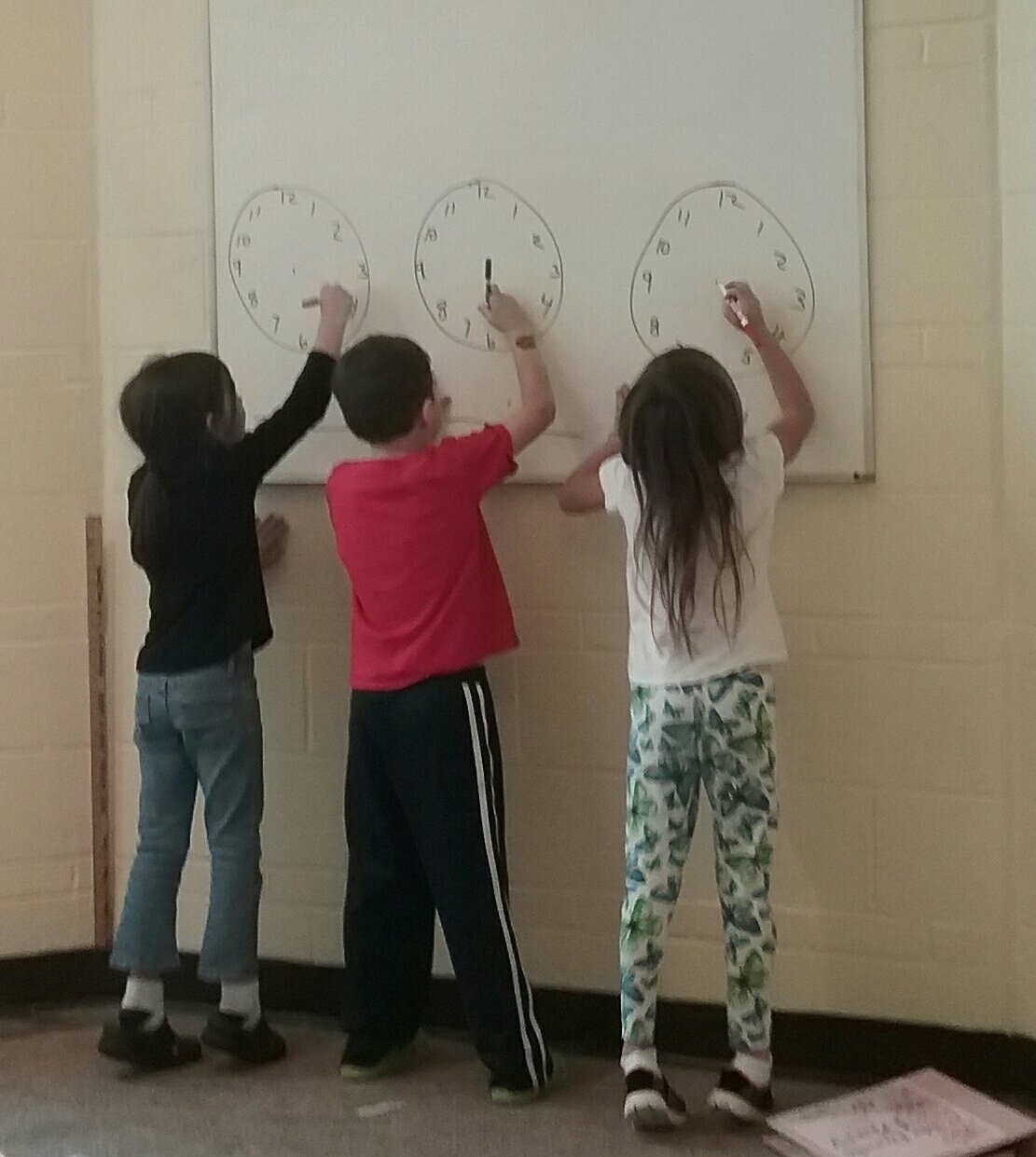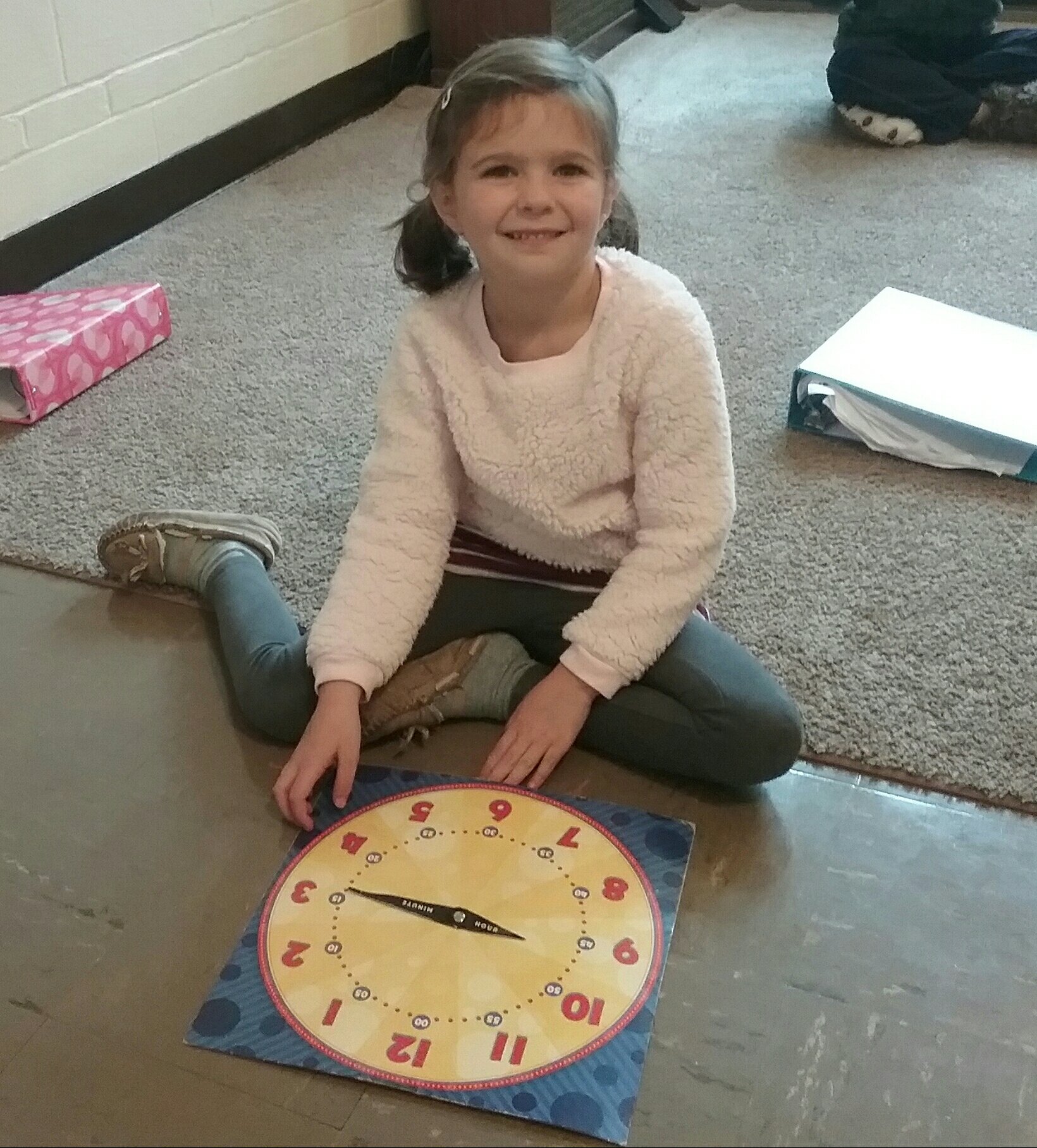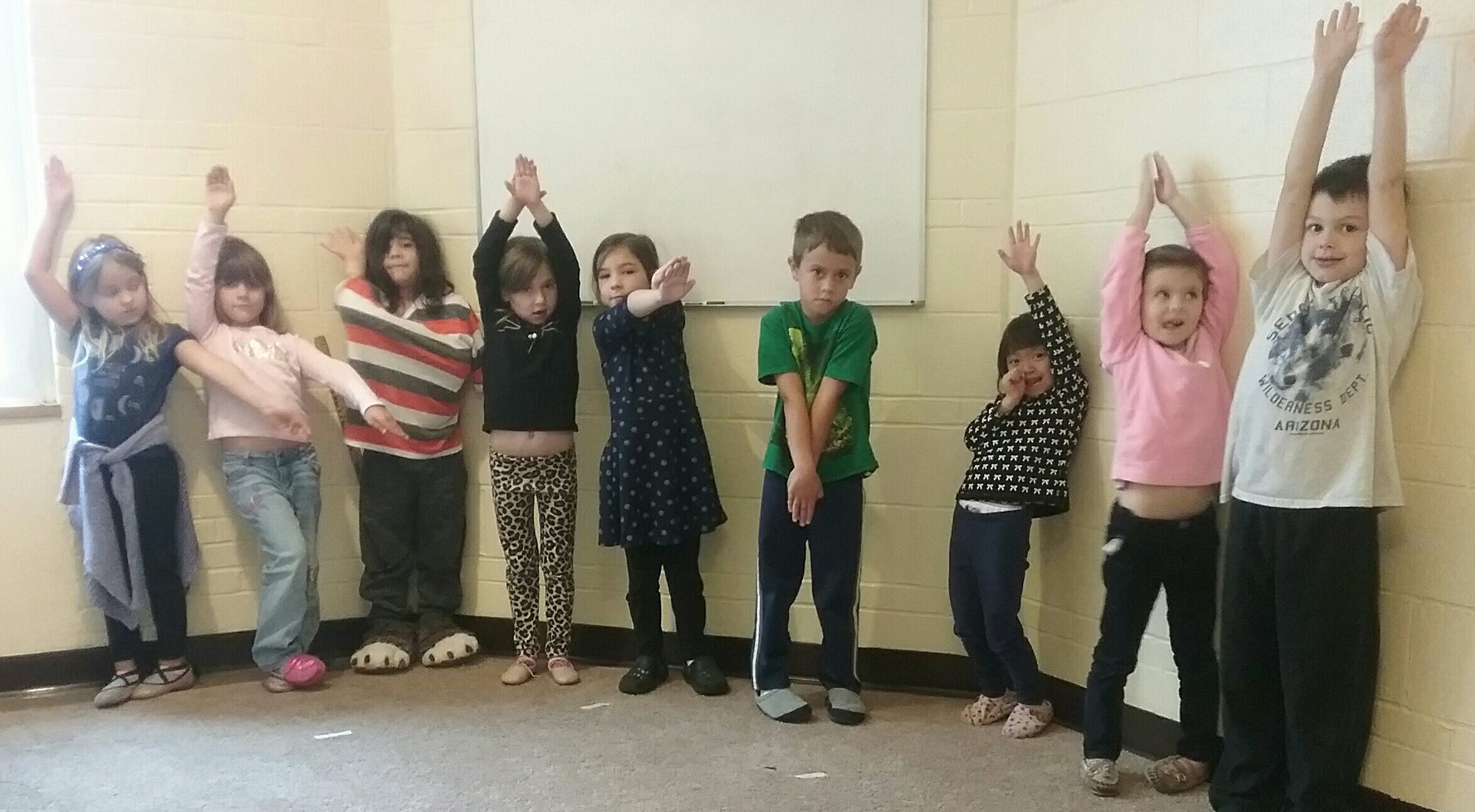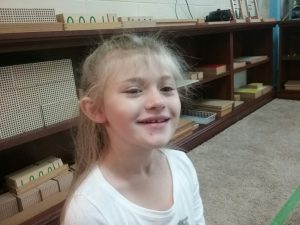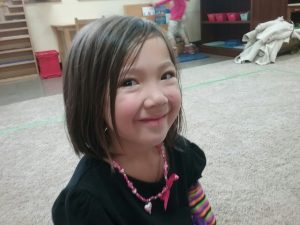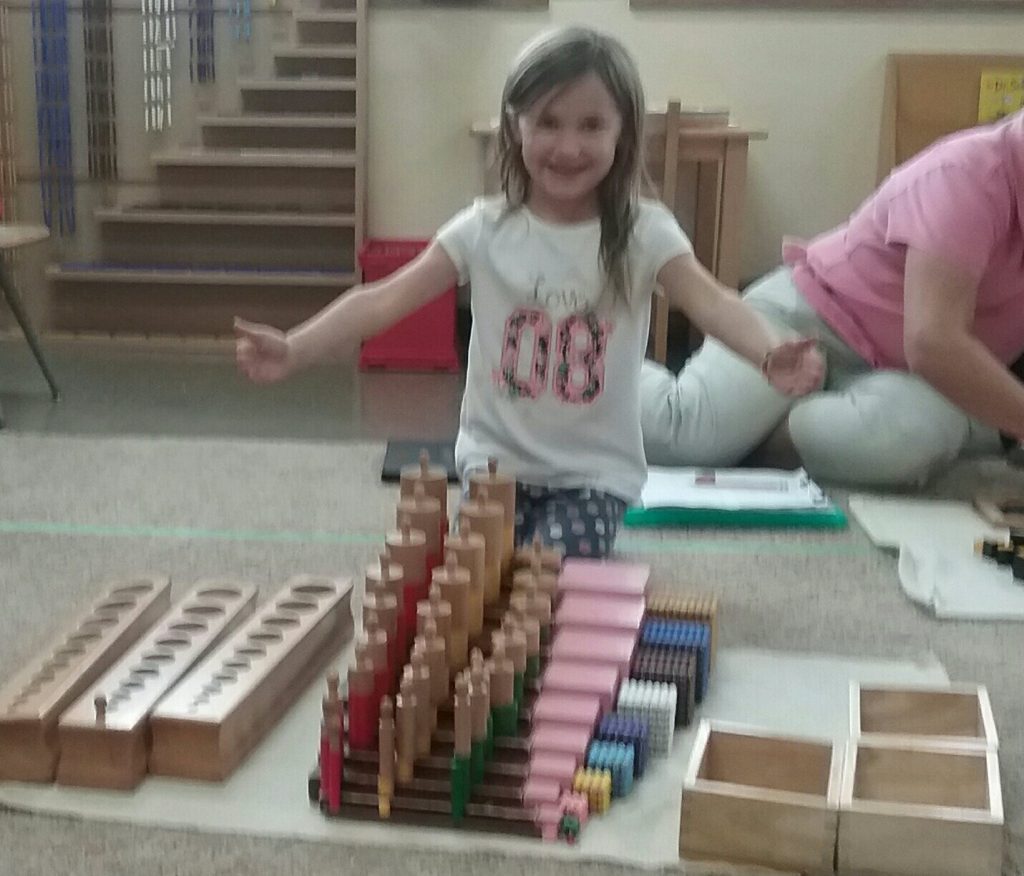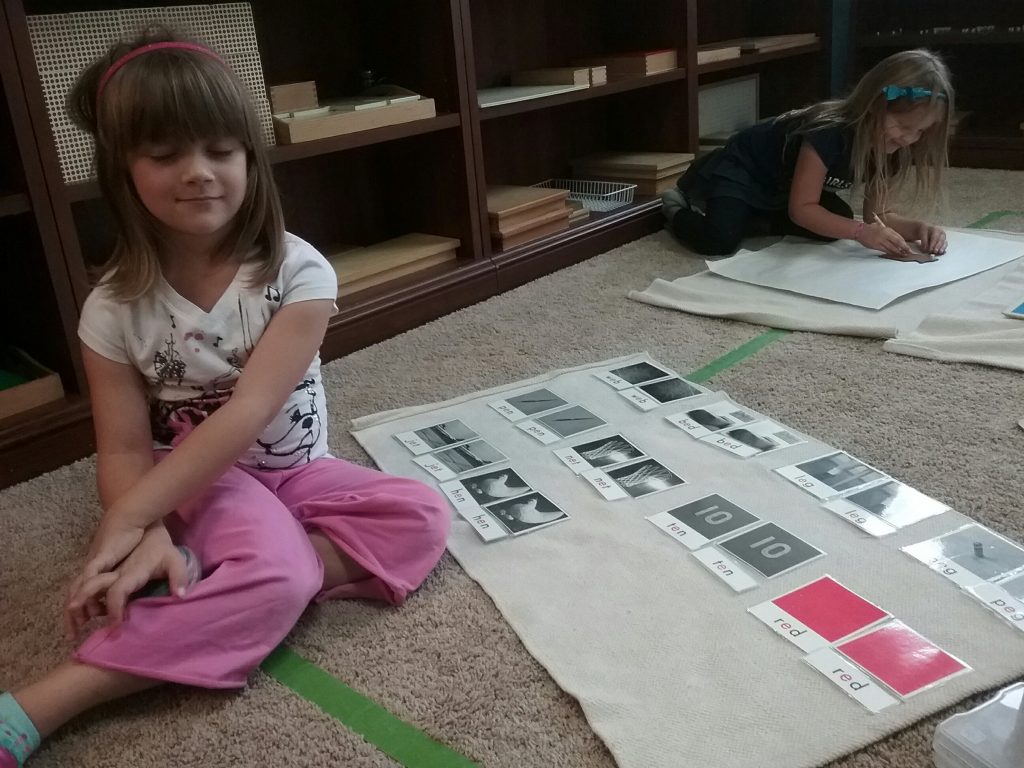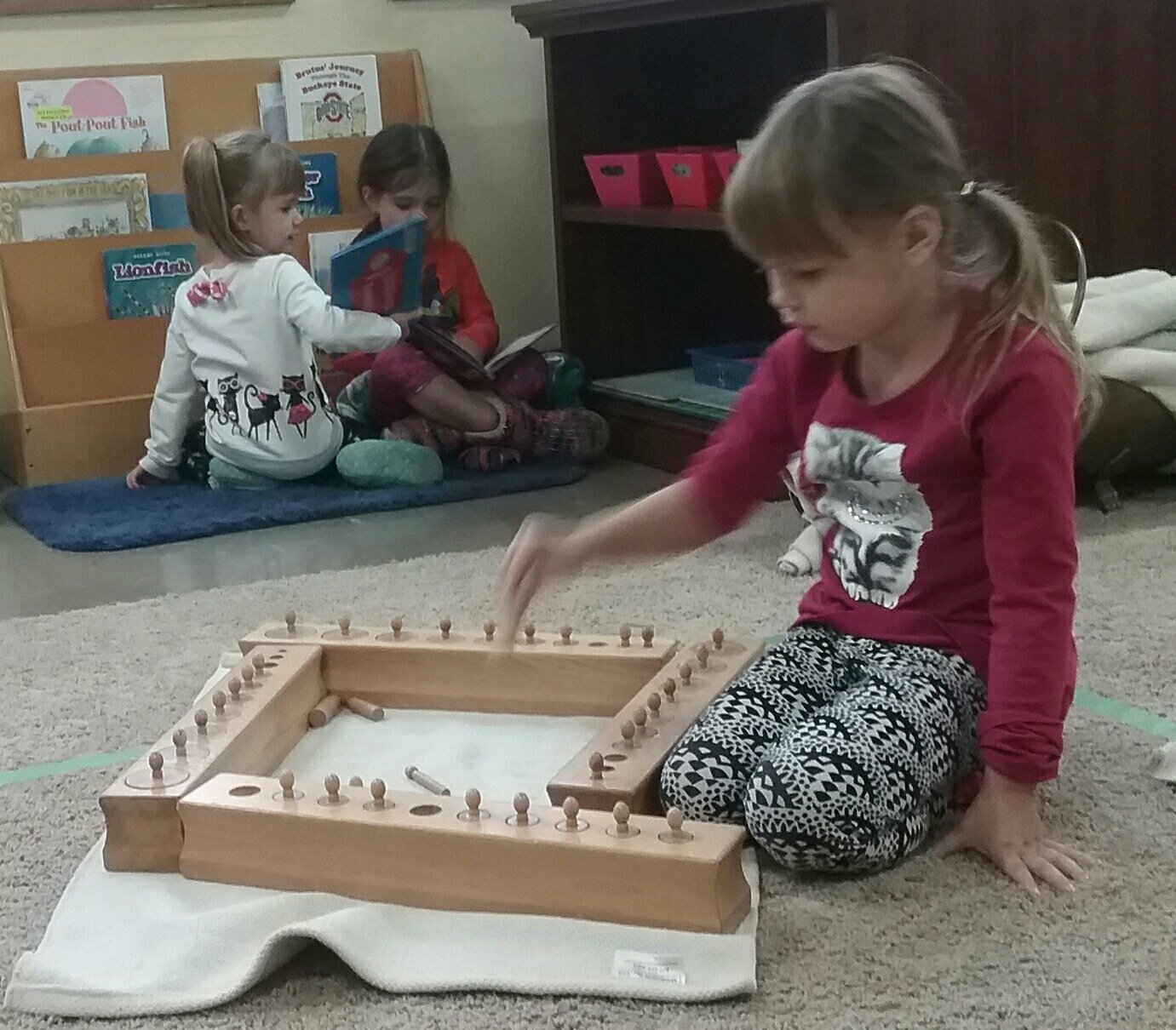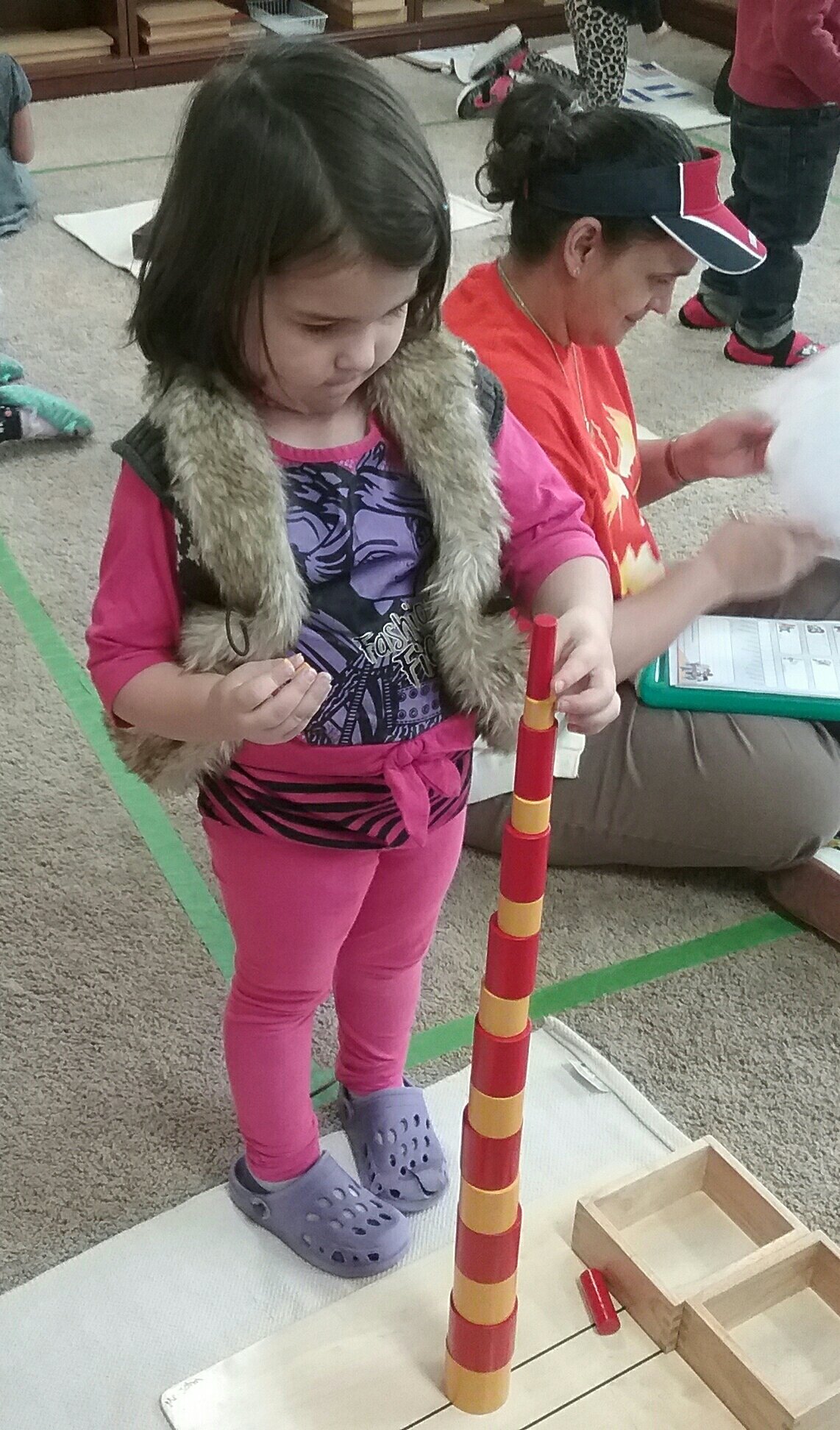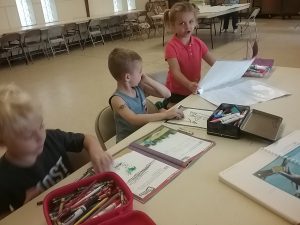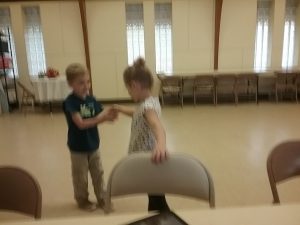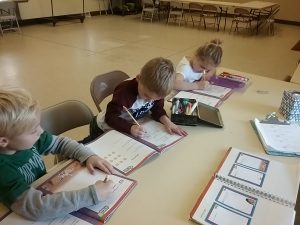Line Time Lesson:
This week we creeped and crawled and learned about insects, arachnids, and invertebrates. We first looked at insects. The characteristics of an insect are they have three body parts, head, thorax, abdomen. The also have six legs and two antennae. We sang the song “Head, Thorax, Abdomen” to the tune of Head , Shoulders, Knees, and Toes. Some examples of insects were ants and crickets which can be found, enclosed not free, in the classroom. Also, the mantis, bees, butterflies, and dragonflies. Arachnids are eight legged creatures that have a head and a thorax. Some creatures that are arachnids are spiders (tarantula named Charlotte) that is in the classroom, scorpions, and the tick. Both creepy crawlers are invertebrates which means they do not have a backbone or a spine or a bony skeleton but actually have an exoskeleton. An exoskeleton is is the external skeleton that supports and protects an animal’s body. Other invertebrates are earthworms, jellyfish, and crawfish.
Cultural Subjects:
We can now count to ten in 13 different languages (English, Sign Language, Latin, Spanish, German, French, Greek, Japanese, Arabic with the Lebanese Dialect, Italian, Russian, Romanian, and Swedish).
Bees… bzzzzzz:
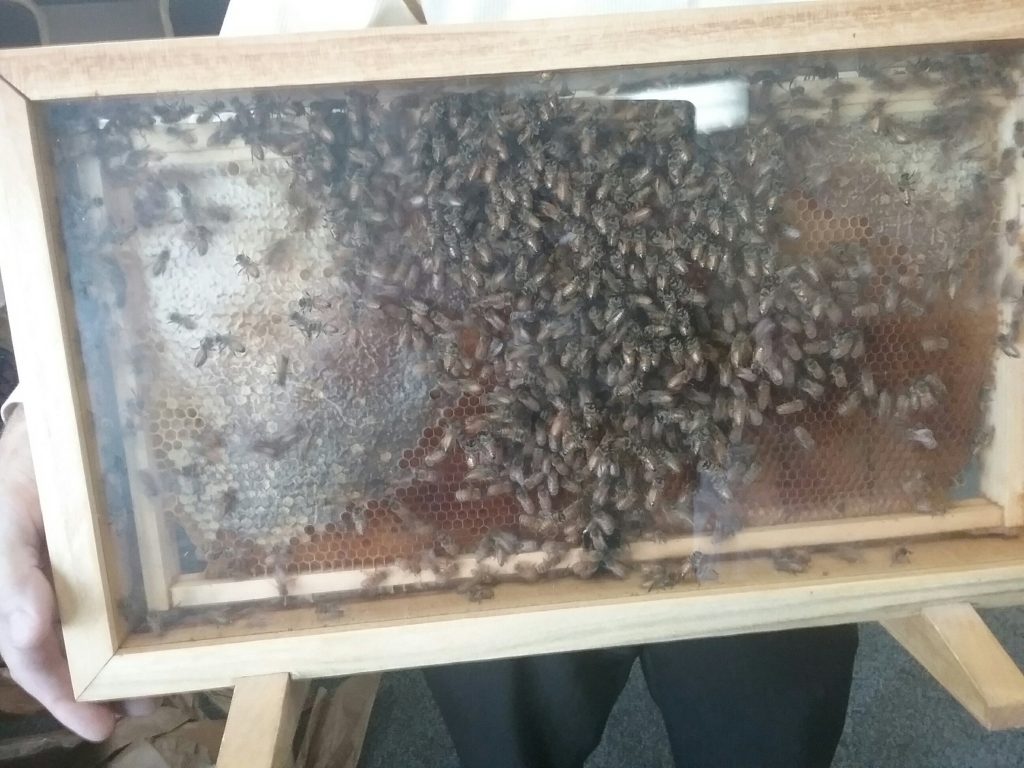
Pastor Kirk has several bee hives and talked about bees and brought in his equipment. The children tried on a protective mask, touched (an empty) hive with wax, and saw real live bees (in an enclosed hive).
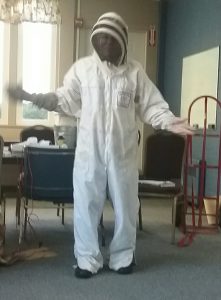
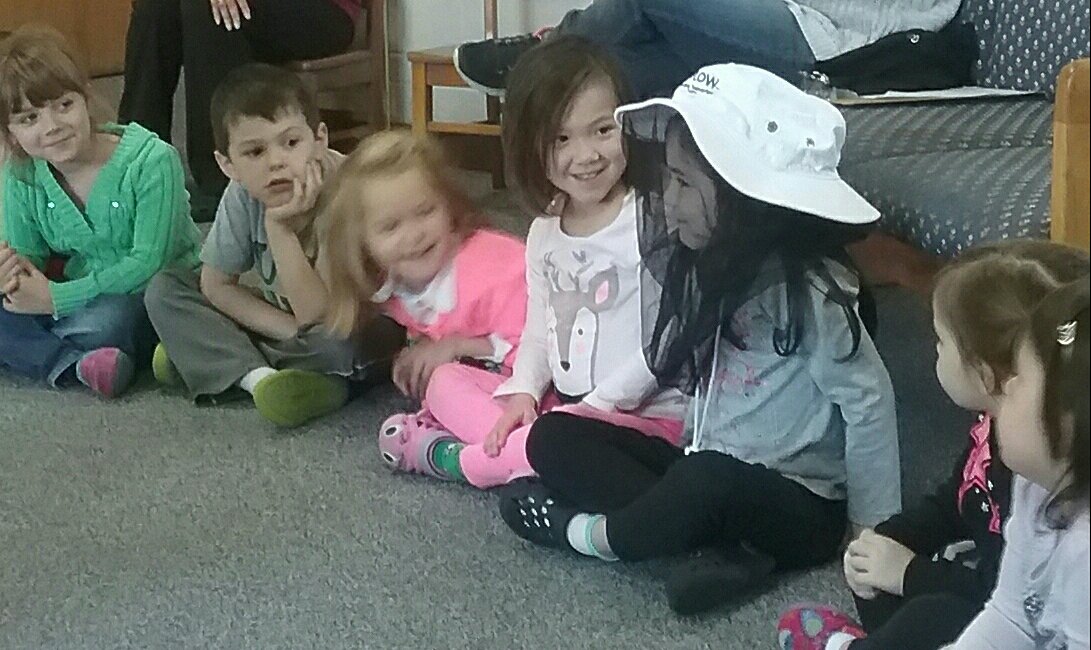
A Peek In The Classroom:
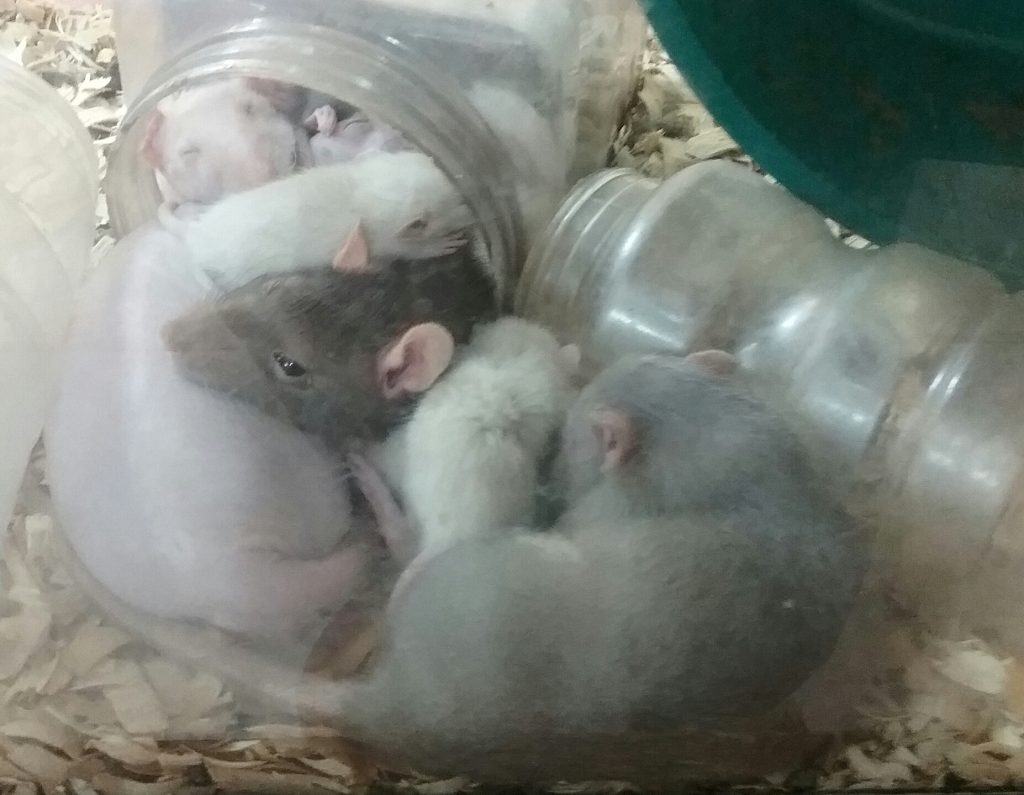
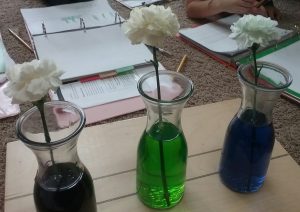
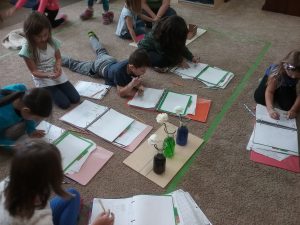
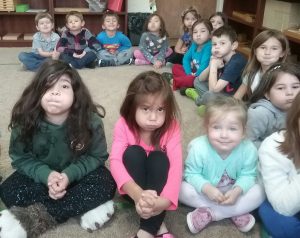
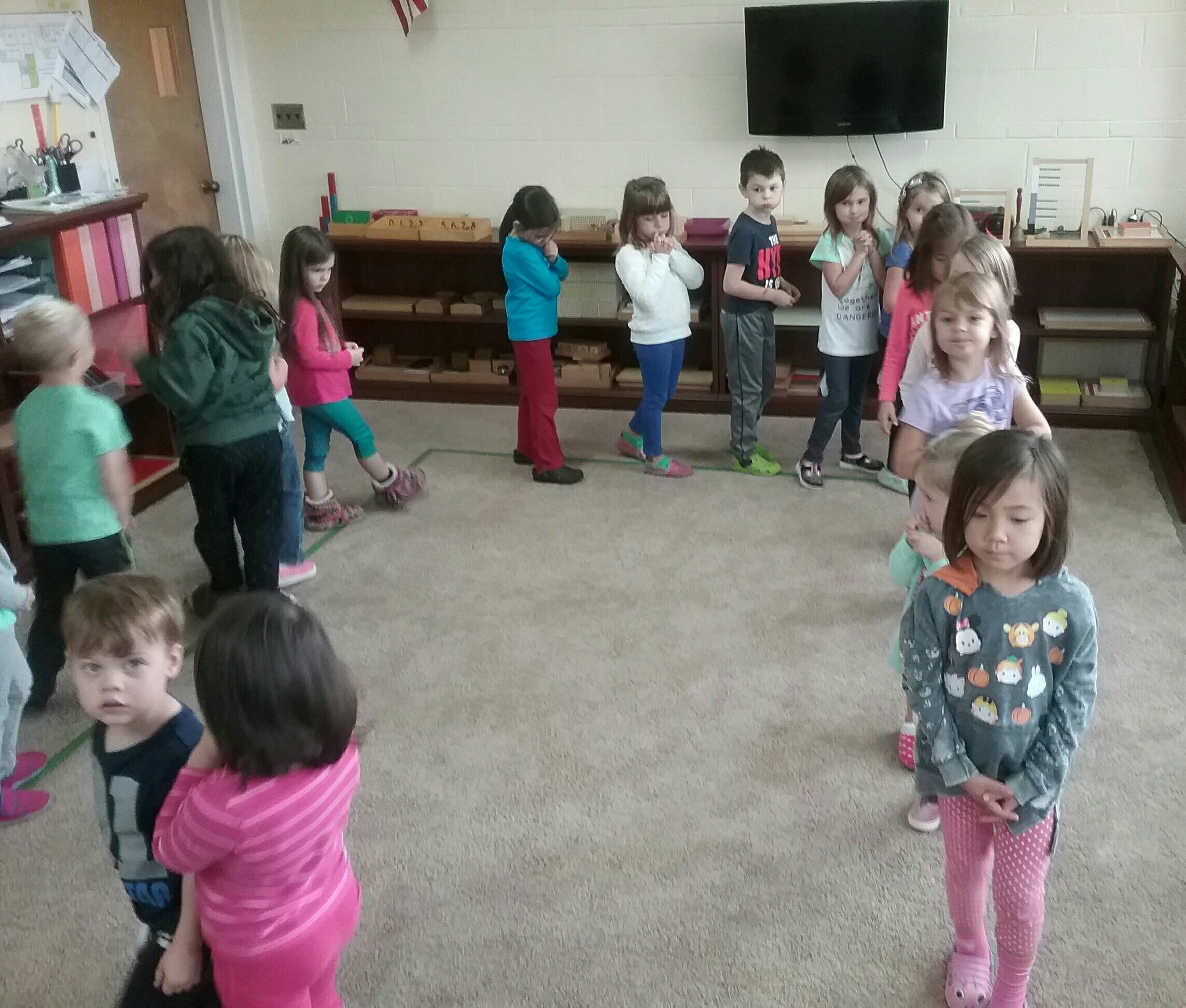
A Peek Into Next Week:
Line Time Lesson:
Dinosaurs and the unique things of select dinos.
Letter Of The Week:
L l
Rhyming Word Of The Week:
bot
Upcoming Events:
11/16/17 (Thursday): Progress Reports emailed
11/17/17 (Friday): Parent Teacher Conferences (NO SCHOOL FOR CHILDREN)
Follow the link to sign up. http://www.signupgenius.com/go/4090b48a8a92da6f94-2017
11/21/17 (Tuesday): Harvest Party
11/22-11/26/17: Thanksgiving Break
11/25/2017 Noon: The Game!

